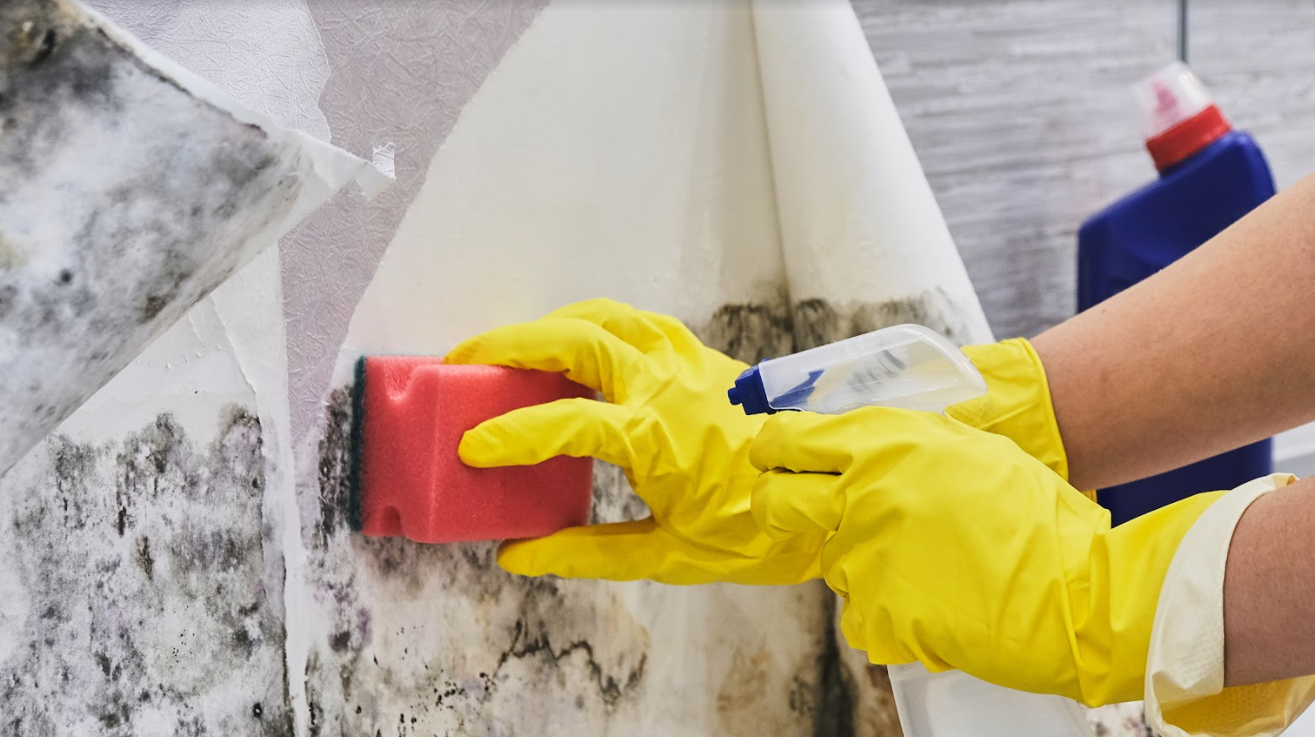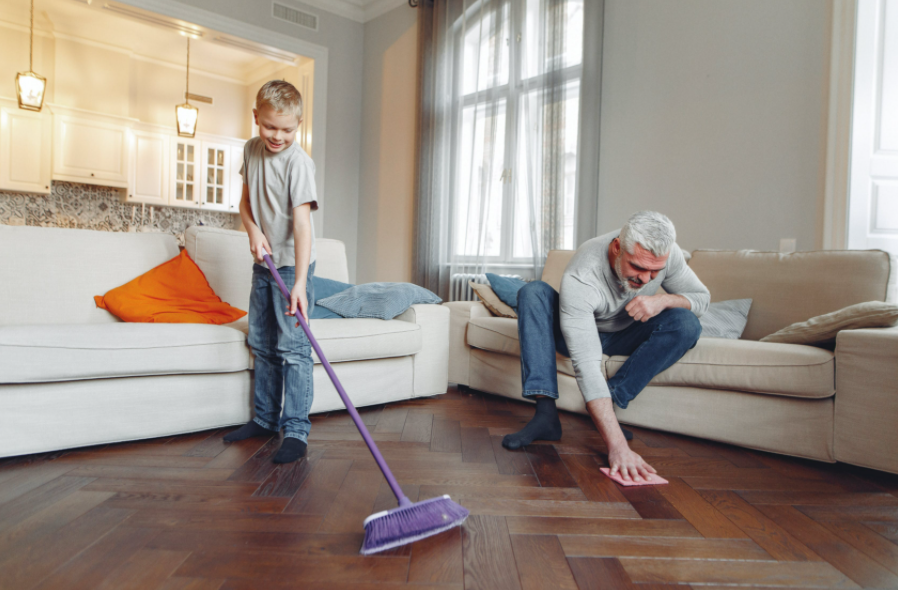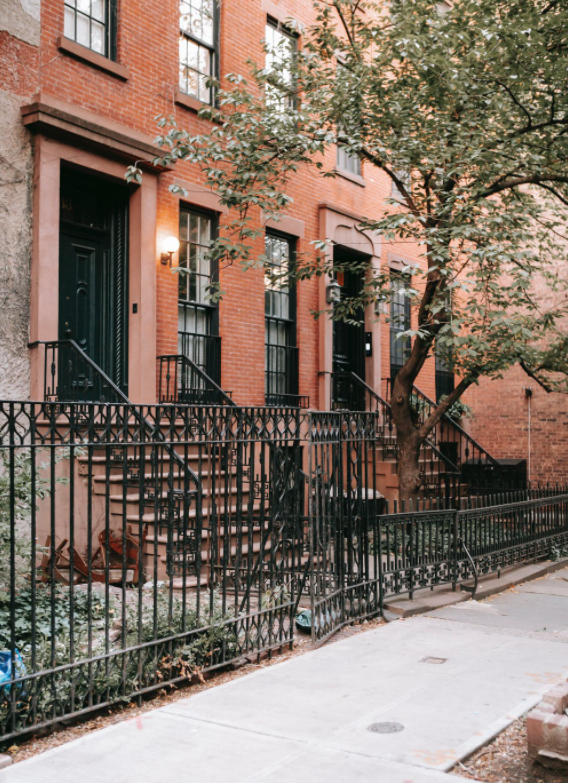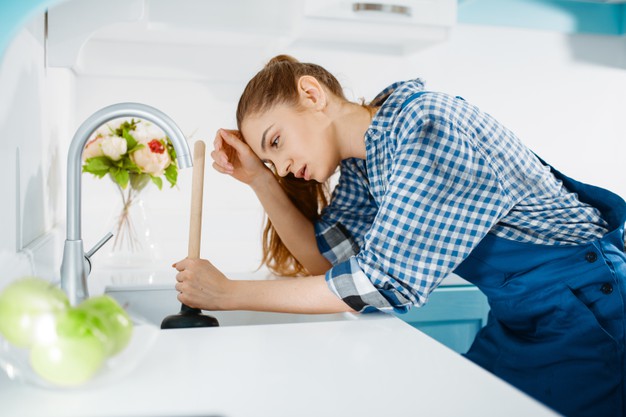How To Clean Up Mold And Mildew In Your Home
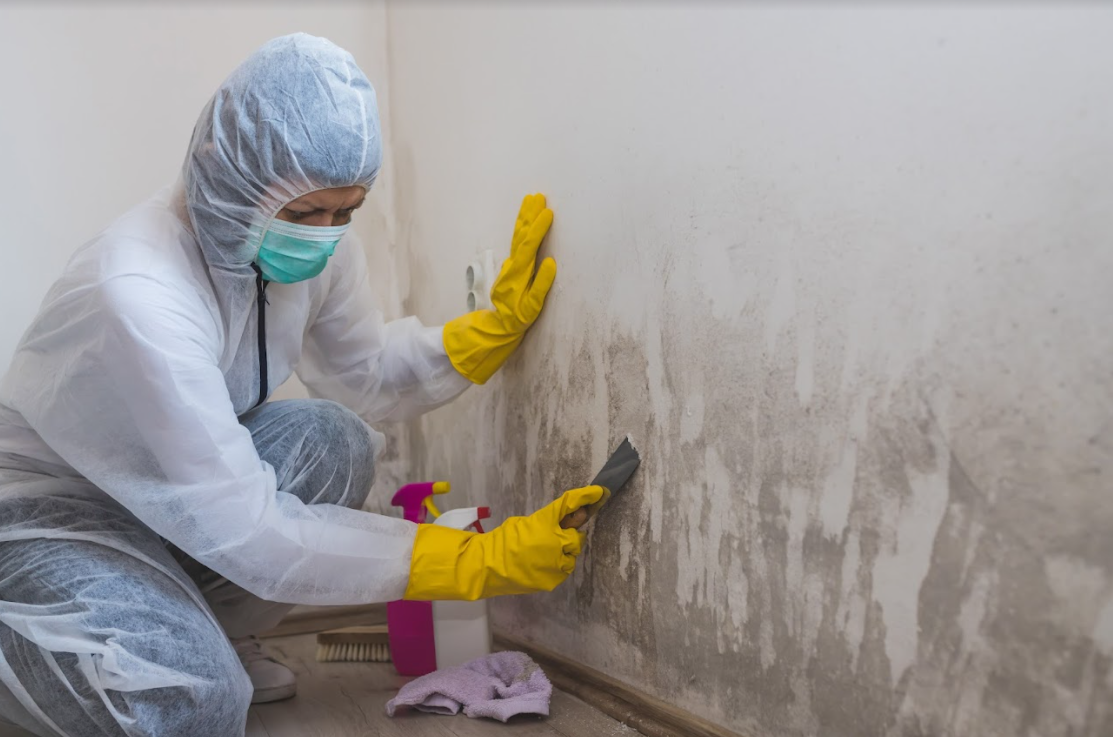
Mold and mildew infestations are common in homes with hidden moisture-rich areas!
Damp spaces like crawl spaces, basements, bathrooms, and sinks are prone to mold infestations. Household surfaces such as ceiling tiles, wood products, wallpapers, cardboards, drywalls, carpets, plants, fabric, insulations, and foods are also prone to mold infestations. The difference between mold and mildew is minimal-mildew is mold in its very early stage.
Health Risks Of Mold And Mildew
These fungi grow fast, posing health risks to you and your family if not stopped. Mold grows on damp surfaces and starts producing spores into the air within 24 to 48 hours. While they are beneficial in breaking down organic materials to enrich the soil, mold and mildew don’t benefit people. Living in a moldy home exposes you to health issues such as sinus congestion, respiratory problems, headaches, and eye or throat irritations. Mold is hazardous for pregnant women, infants, children, the elderly, and individuals with respiratory conditions.
How To Clean Mold And Mildew
If your home has mold or mildew, here’s how you should clean it up:
Get The Right Cleaning Tools
To remove mold and mildew and do advanced damp proofing, you need to prepare well by getting the right cleaning tools, protective gear, and cleaning agents. Before you start cleaning, get a pair of rubber or latex gloves and a high-quality face mask to protect yourself. Essential tools to assemble are vacuum cleaners, buckets, scrubbing brushes, mop, and cleaning sponges. You’ll also need cleaning agents such as ammonia powder, chlorine or oxygen bleach, and laundry detergent or mold-mildew cleaner.
Clean Moldy Surfaces With Bleach And Detergent
If you have mold growing on damp surfaces such as ceramic tiles in the shower, you can clean it up quickly using a mixture of water, bleach, and detergent. Take half a cup of bleach and mix it with a bit of detergent and one quart of water to make a mold cleaner mixture. The bleach kills the mold while the detergent lifts it away as you scrub the mold away using the mixture. If the mold fails to disappear the first scrub, reapply the mixture and leave it for a few minutes. Give the surface a light scrub again to clear it up. If mold infestation in your home is widespread, consider hiring professional mold and mildew cleaning services. Before offering you a mold removal cost quotation, a good mold cleaning service provider will visit your home to assess the infestation.
Use Disinfectant Tom Rid Shower Curtains Of Mildew
If your shower curtains have mildew, clean them up using cleaning disinfectant. Take half a cup of disinfectant and add a gallon of hot water. Use the mixture to wash the shower curtain. With your hand gloves on, scrub the mildewed sections. Add detergent and color-safe bleach to another gallon of hot water. Use this mixture to rewash the shower curtains. Rinse the curtains in clean water, then hang them to dry.
Use Chlorine Bleach To Clean Moldy Upholstery
If you have moldy upholstery or fabric in your home, take it out to avoid releasing mold spores inside the house. Brush the mildew or mold away, then launder individual upholstered or fabric pieces in a mixture of chlorine bleach and hot water. Fabrics that shouldn’t wash in chlorine bleach must use oxygen bleach instead. Leave the pieces to soak for about an hour before washing them off, rinsing, and drying them in the sun. Vacuum upholstery like sofas fasts to remove mold. Take a cup of ammonia powder and add it to a cup of cold water. (Do not mix ammonia with chlorine -the mixture creates toxic gases). Use a clean cloth to sponge moldy stains from the upholstery using the ammonia solution. Keep sponging until the stains disappear. Remove the ammonia solution from the upholstery by sponging the cleaned area using cold water. Use a fan to blow the area dry.
Vacuum Carpets And Wood Furniture To Remove Mildew
To clean moldy carpets:
- Vacuum the affected areas thoroughly to remove as much mold or mildew as possible.
- Add a tablespoon of laundry soap or detergent to two cups of cold water and mix briskly.
- Use a damp cloth to apply studs on the affected area and sponge off the remaining mold.
- Repeat the process until the stain disappears.
- Dry the section entirely and leave it in the sun.
To clean the affected wood, vacuum the affected area thoroughly, then use a soft brush to remove loose spores. Use a fabric to apply the detergent and water mixture on the stain and sponge until the stain disappears. Rinse with cold water and dry the wood before applying furniture polish.
Final Thoughts
Mold and mildew thrive in damp areas. Their presence in your home can put you and your family at risk of developing respiratory diseases. You can rid your home of mold and mildew infestations by hiring professional cleaning services or applying the tips discussed above to clean up by yourself.


